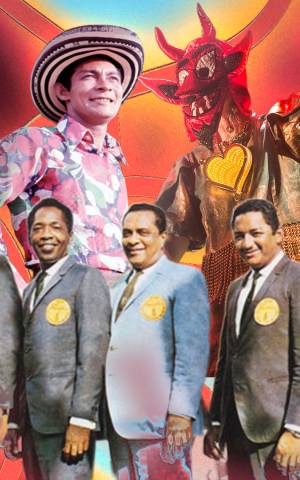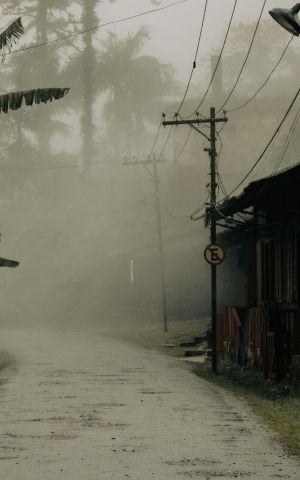History is not short on patriarchal injustices, and the Mexican Revolution was no exception. While women played an integral role in releasing Mexico from the grip of Porfirio Díaz, their role remains unrecognized in history and only celebrated in the romantic imagination of corridos.
One victim of patriarchy was Petra Herrera, a Mexican soldadera who dressed up as a man and called herself Pedro to fight alongside Pancho Villa’s troops. Herrera, like many other Mexicans, felt inspired to join the revolutionary forces because of Porfirio Diaz’s corrupt and elitist government. But unlike her male counterparts, Herrera couldn’t fight in Villa’s armed forces. Although women could join the army, they couldn’t enter battle. Instead, they mostly worked as nurses, cooks, and babysitters. But Herrera, not satisfied with these expectations, resorted to dressing in men’s clothes to join the ranks of battle.
Petra Herrera became Pedro Herrera as she entered the Villista troops in 1913. She quickly became a celebrated fighter and leader, well-known for her strategic style that often involved blowing up bridges. As a famed member of the Villistas, Herrera decided she was in deep enough she could get away with revealing her true identity. But sexism proved bigger than her heroism and she found herself ousted from the armed forces. Other women in Villa’s battalion were expelled for the same reason, but Herrera decided their fight was not yet over.
Close to 400 women joined Herrera in creating an all-female troop, which played an important role in winning the Toma de Torreón in 1914, in which Villa’s forces took one of Porfirio Diaz’s main military bases. The soldaderas later dissolved, after General Castro, a leader of the revolution, did not allow Herrera to rejoin the Villista troops. Afterward, Herrera allied with Venustiano Carranza in 1917 as a spy. She worked as a bartender in Jimenez, a city in the northern part of Mexico, until she died of three gun shot wounds at the bar.
Herrera remains widely unknown or remembered in history books. Even Pancho Villa supposedly denied her existence and contributions in the Toma de Torreón. Still, Herrera is considered the inspiration behind the corrido “The Adelita,” which many scholars note doesn’t accurately describe her valor and place in the revolution. “Y si Adelita quisiera ser mi esposa / y si Adelita ya fuera mi mujer / le compraría un vestido de seda / para llevarla a bailar al cuartel.”
Although Pancho Villa saw Herrera as a liability to his militia’s success, Herrera saw herself as a hero and that was enough for many to keep her memory alive.




